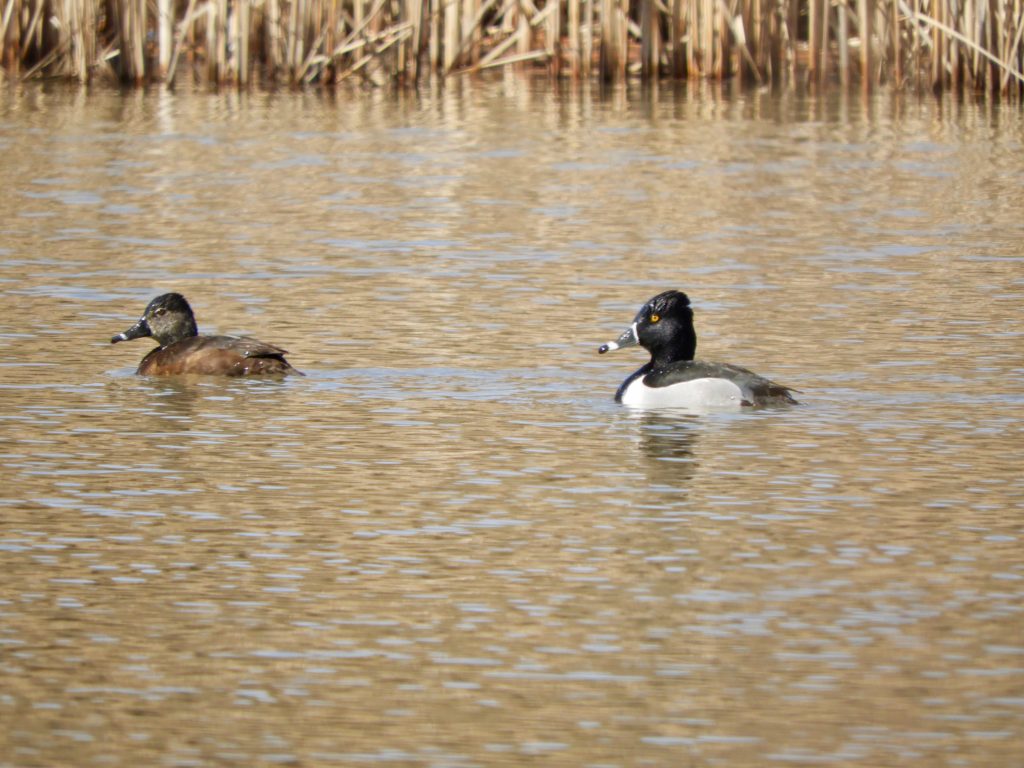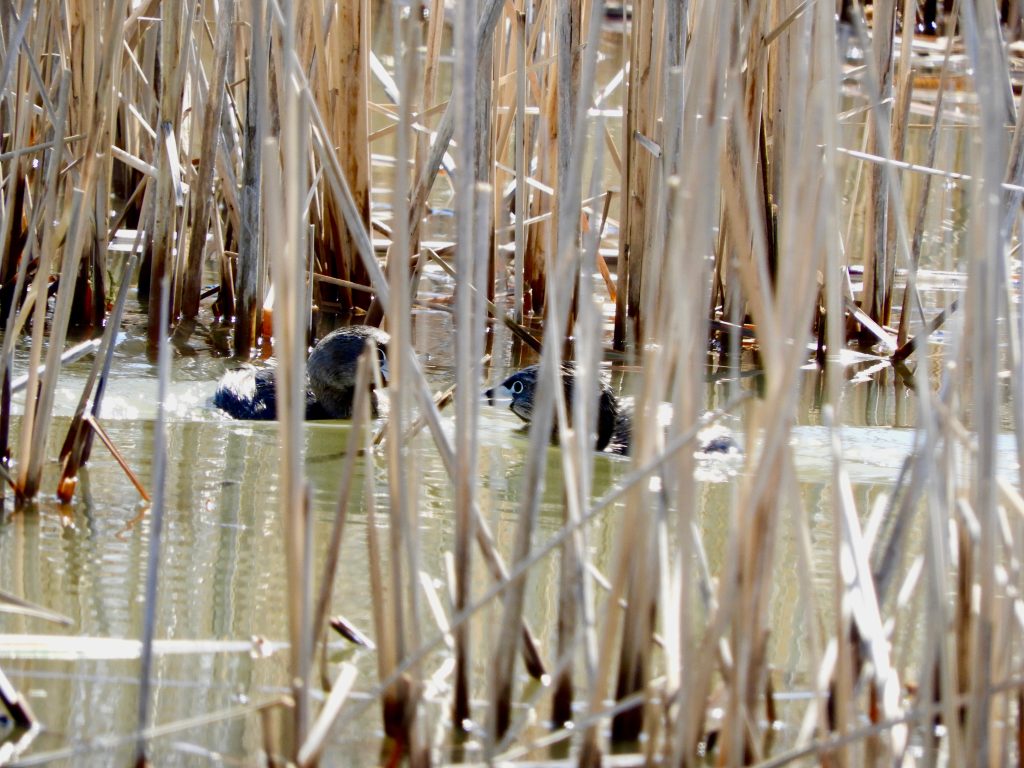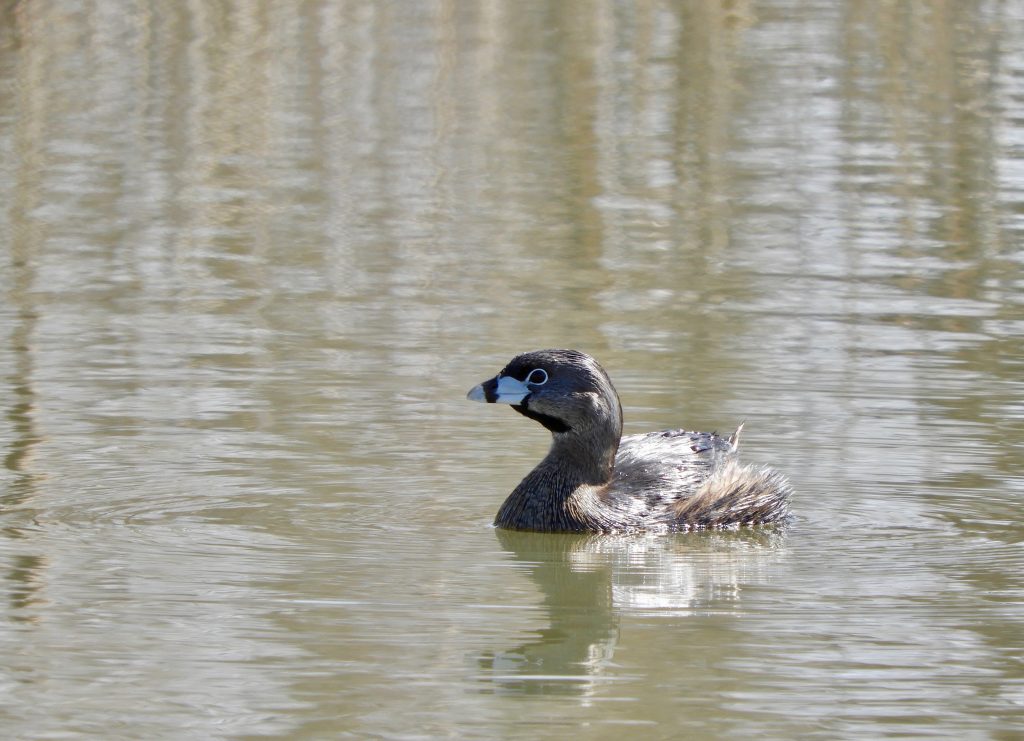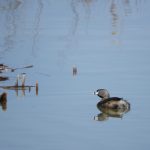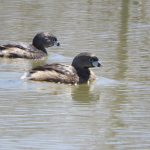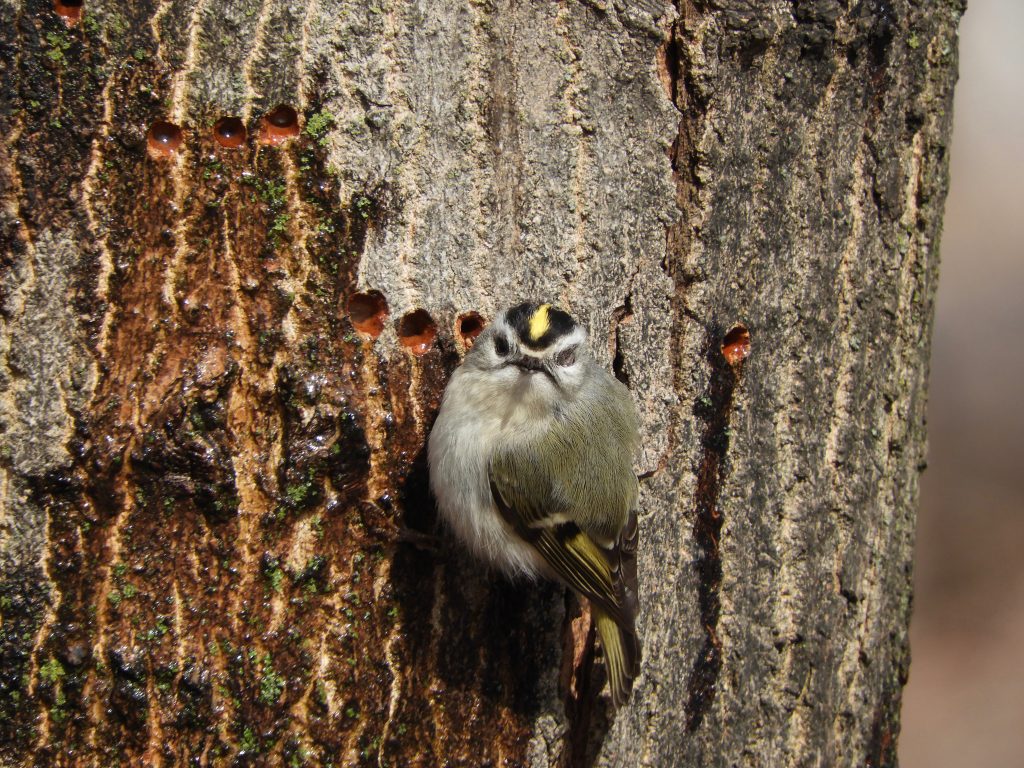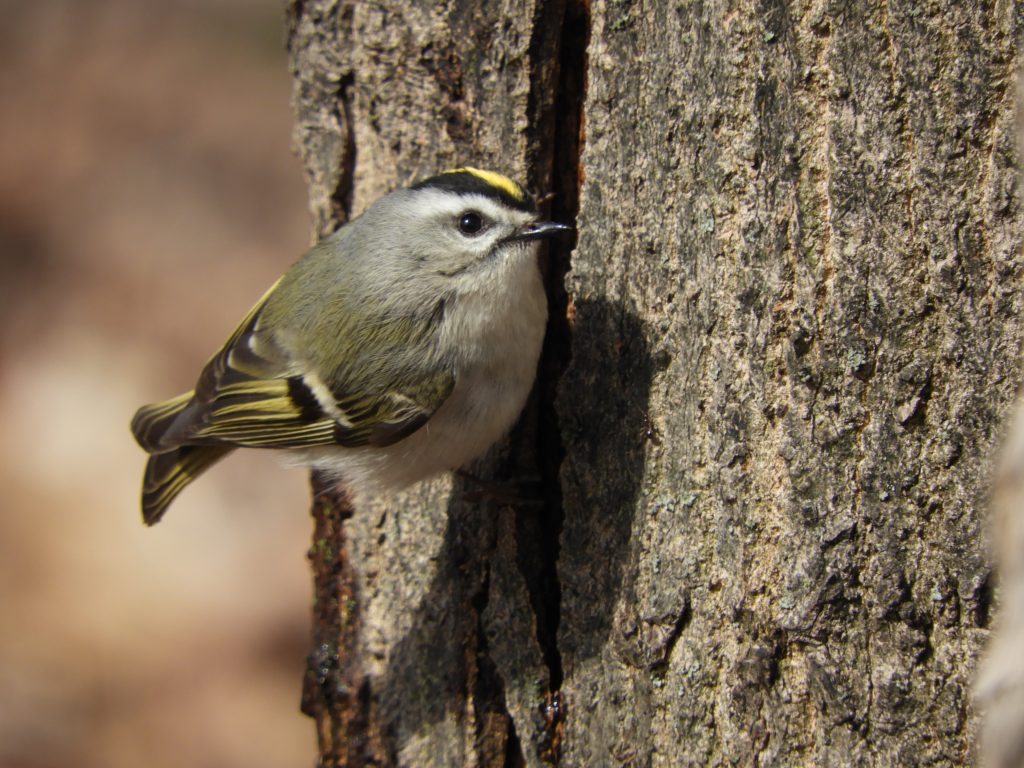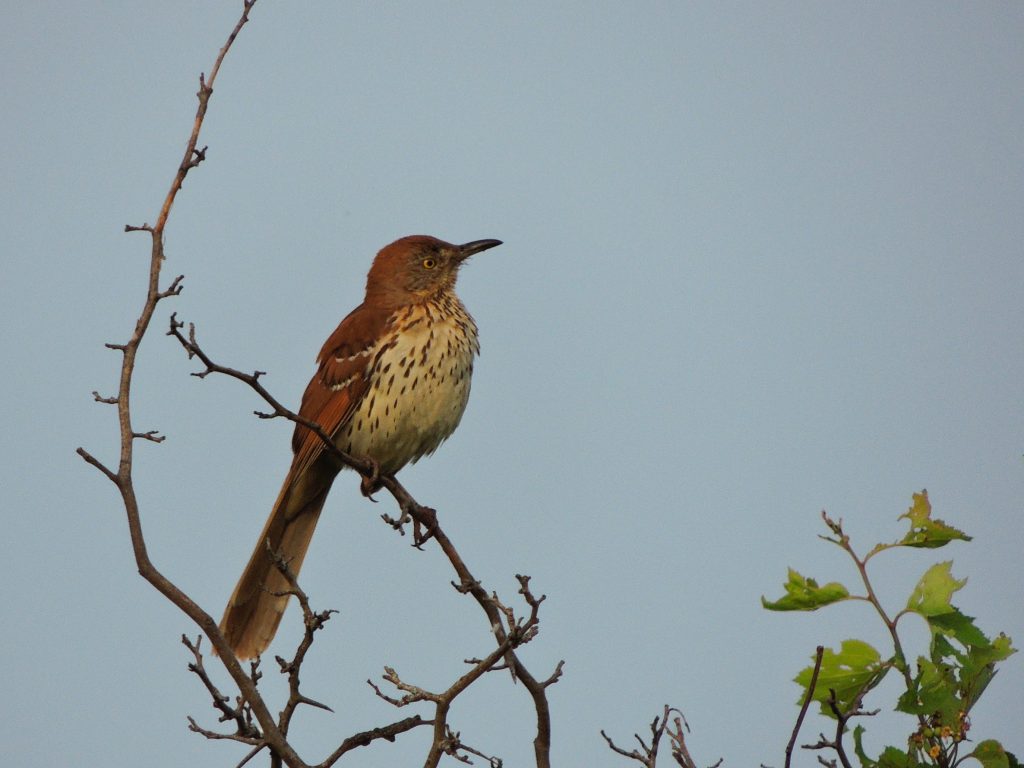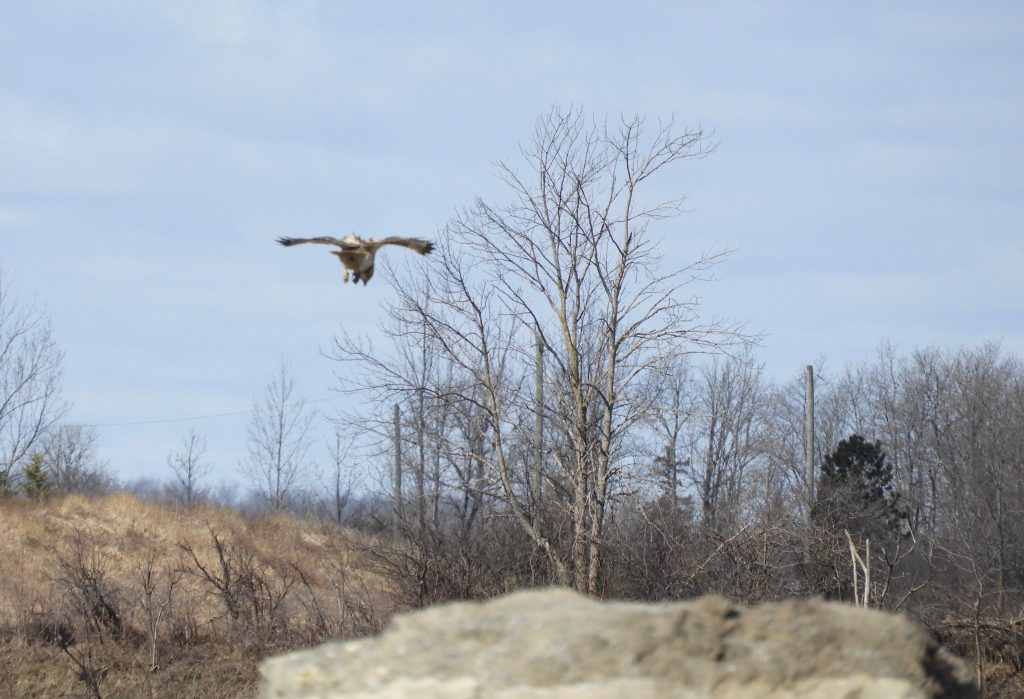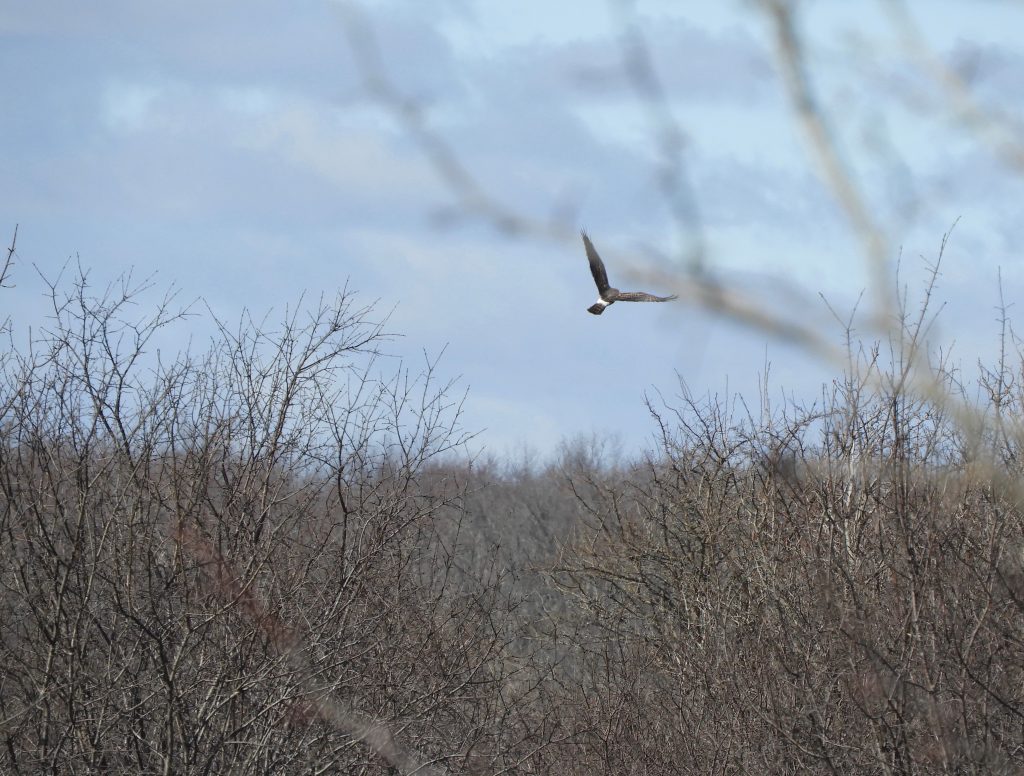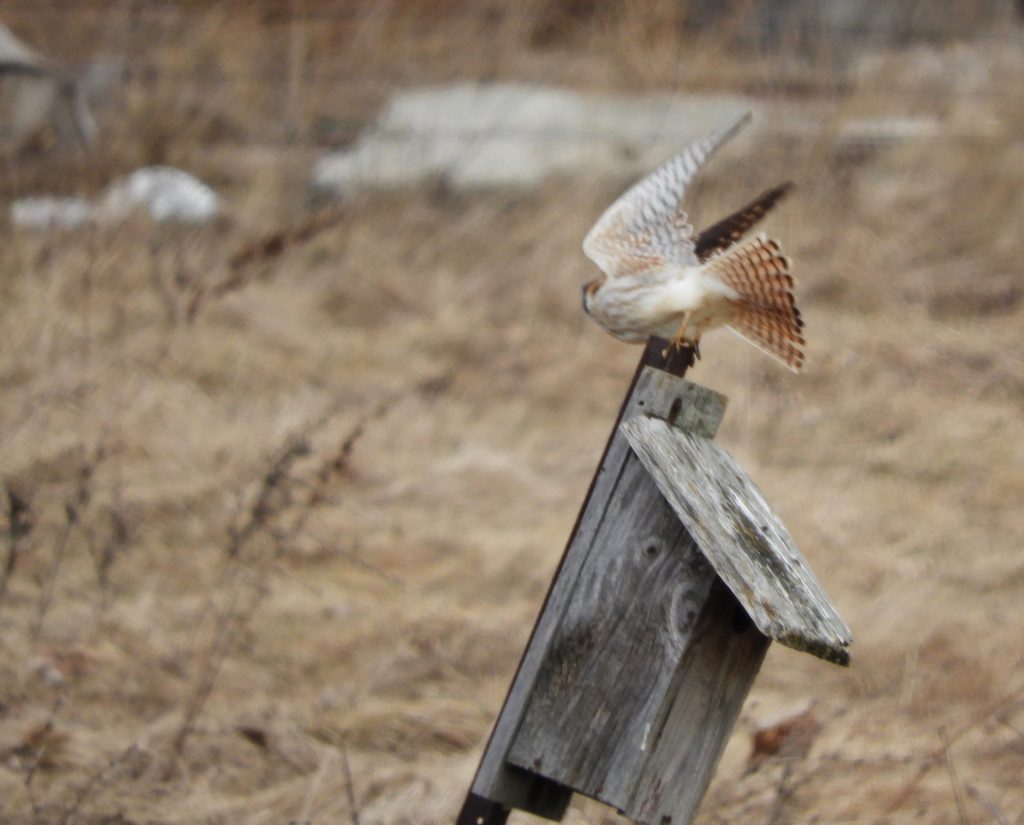26 April 2019. Grimsby, ON. There are a few bird species that I make a point of seeking out before it’s too late. Too late either because, although they are here to stay, they will become very elusive, or just passing through on their way further north. Every late April I try to find time for the brief appearances of Wilson’s Snipes and Broad-winged Hawks. Birds of this Week.
Wilson’s Snipes could be described as common where found; that is, provided you know where they are, you have a reasonable chance of seeing them. Their preference in this part of the world is for soggy, marginal pastures. The enjoyment of finding and seeing snipe comes firstly from actually seeing them, they are very well camouflaged so often invisible and, secondly watching and hearing them doing their high-overhead winnowing display. A display which is described in Cornel Labs’ Birds of North America, as “…a tremulous hu-hu-hu reminiscent of one vocalization of Eastern Screech-Owl. It is produced by airflow over outstretched outer tail feathers, modulated by wingbeats. It is primarily an aggressive behavior for territorial defence, but also may act to attract mates. Mostly given by males, but females also winnow.”

I watched a couple of snipe take off for extended, swooping and soaring winnowings over a hopelessly soaked field. I followed their performance until ,when content with their performances, they parachuted down on wings held in a deep V until making a splash-landing.

Broad-winged Hawks, in big migratory flock, arrive in April passing overhead on their way to points north, and reappear on their way south in mid-September. Yesterday I watched as kettles of hundreds circled up on warm-air thermals, spiralling until they’d gained enough height to slide off the top to drift northward in a long stream of ones and twos. We sometimes see those ones and twos passing low above and that’s when their boldly banded tail is so conspicuous. The Broad-wing flight is something of a spectacle to be enjoyed but we have just three weeks of the year.

